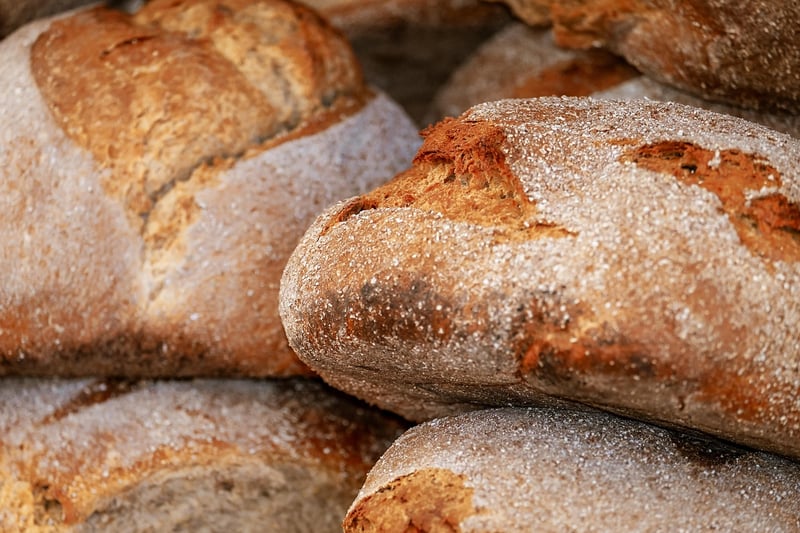Traditional Practices
Exploring Diverse Food Traditions and Traditional Practices
Food is not just nourishment; it is a reflection of culture, history, and tradition. Across the globe, different communities have developed unique culinary practices that are passed down through generations. Let's delve into some fascinating food traditions and traditional practices from around the world.
1. Italian Pasta Making
Italy is famous for its pasta, and the art of making pasta by hand has been a tradition for centuries. In regions like Emilia-Romagna, families gather to make fresh pasta using traditional recipes and techniques, creating a sense of community and bonding over food.

2. Japanese Tea Ceremony
The Japanese tea ceremony, known as Chanoyu, is a traditional practice that dates back to the 9th century. It is a ritualistic preparation and consumption of matcha tea, emphasizing harmony, respect, purity, and tranquility. The ceremony is a symbol of Japanese cultural heritage and aesthetics.

3. Indian Spice Blending
In India, the art of spice blending is a cornerstone of traditional cooking. Each region has its unique blend of spices, known as masalas, which are carefully mixed to create flavorful curries, stews, and other dishes. The practice of blending spices has been integral to Indian culinary culture for centuries.

4. Mexican Day of the Dead Cuisine
The Day of the Dead, or Día de los Muertos, is a Mexican holiday that honors deceased loved ones. As part of the tradition, families prepare special foods like tamales, mole, and pan de muerto to offer at altars and gravesites. This culinary tradition is a way to remember and celebrate the lives of the departed.

5. Ethiopian Injera Making
In Ethiopia, injera is a staple food made from teff flour and serves as the base for many dishes. The traditional process of making injera involves fermenting the batter and cooking it on a large flat pan. Injera not only provides sustenance but also plays a significant role in Ethiopian culture and social gatherings.

Exploring these diverse food traditions and traditional practices offers a glimpse into the rich tapestry of global culinary heritage. From handmade pasta in Italy to tea ceremonies in Japan, each tradition tells a story of cultural significance and the power of food to bring people together.
Let's continue to celebrate and preserve these age-old culinary customs that connect us to our roots and unite us with others around the world.
